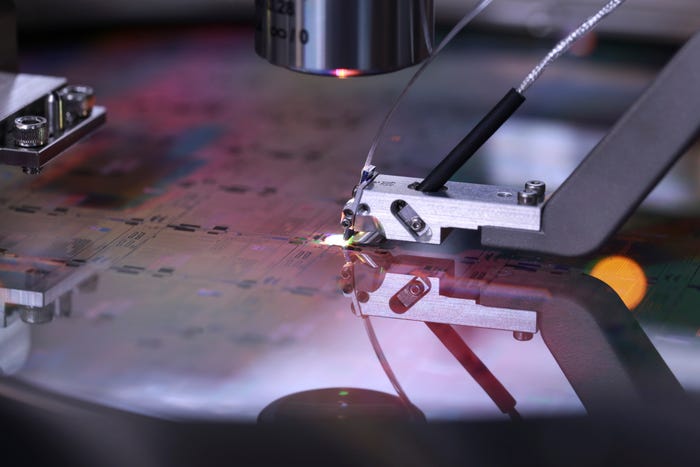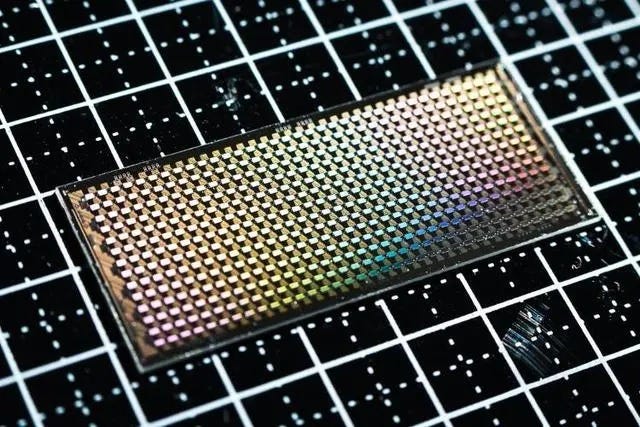
Connects decision-makers and solutions creators to what's next in quantum computing
MIT Proposes Making Quantum Computers Easier to Program
Researchers identify why programming a quantum computer is challenging and suggest a way to make it more accessible

Researchers at the Massachusetts Institute of Technology (MIT) have identified why programming a quantum computer is more difficult than a classical computer and proposed a way to make it easier.
Programmers working on regular, classical computers have access to several programming languages such as Python and C++ that shield them from the mathematical abstractions that happen between software and hardware.
Few equivalent quantum programming languages exist today and they are comparatively difficult to use. Quantum computers do not follow the same rules for how to complete each step of a program in order, a process for all computers called control flow.
The researchers have proposed a new conceptual model for a quantum computer, called a quantum control machine, that could make programs as easy to write as those for regular classical computers.
This could help realize the potential of quantum computers to achieve tasks classical computers struggle with, like multifactorial optimization or simulating how molecules interact for materials research or drug discovery.
“Our work presents the principles that govern how you can and cannot correctly program a quantum computer,” said lead author and doctorate degree student Charles Yuan.
“One of these laws implies that if you try to program a quantum computer using the same basic instructions as a regular classical computer, you’ll end up turning that quantum computer into a classical computer and lose its performance advantage. These laws explain why quantum programming languages are tricky to design and point us to a way to make them better.”
Classical computer programs use a program counter that recalls the next direction from memory. As the algorithm sequentially navigates through the program, a control flow instruction called a conditional jump updates the program counter to make the computer either advance forward to the next instruction or deviate from its current steps.
Quantum computers don’t have an equivalent of the program counter or a conditional jump. Programmers typically implement control flow by manually arranging logical gates that describe the computer’s hardware, which is time-consuming and error-prone.
In their paper, the MIT team proposes a “quantum control machine”, an instruction set for a quantum computer that works like the classical idea of a virtual machine. Programmers could use this instruction set to implement quantum algorithms for problems such as factoring numbers and simulating chemical interactions.
A more approachable method for programming quantum computers could make filling the ever-growing quantum skills gap easier.
About the Author(s)
You May Also Like
.png?width=100&auto=webp&quality=80&disable=upscale)
.png?width=400&auto=webp&quality=80&disable=upscale)




